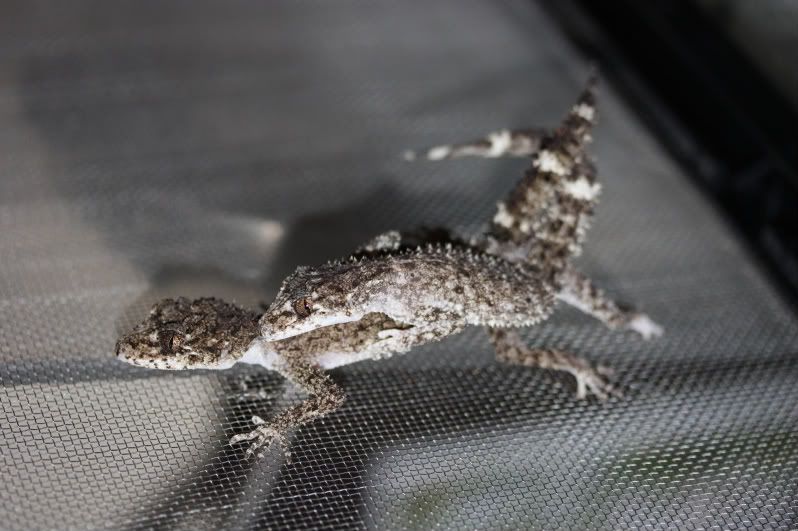DDReptiles
New member
Caught one of my pairs breeding the other night
Sorry the pics are so bad, it was pitch dark


Already have 6 eggs from my pairs :biggrin:
Thanks Derek
Sorry the pics are so bad, it was pitch dark


Already have 6 eggs from my pairs :biggrin:
Thanks Derek


